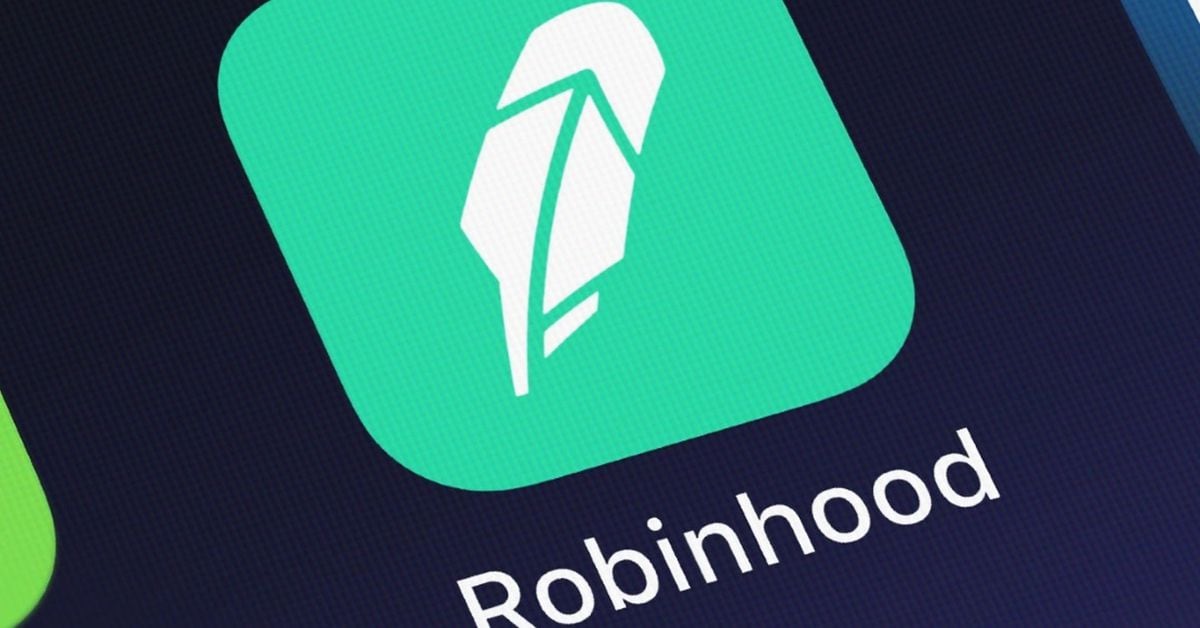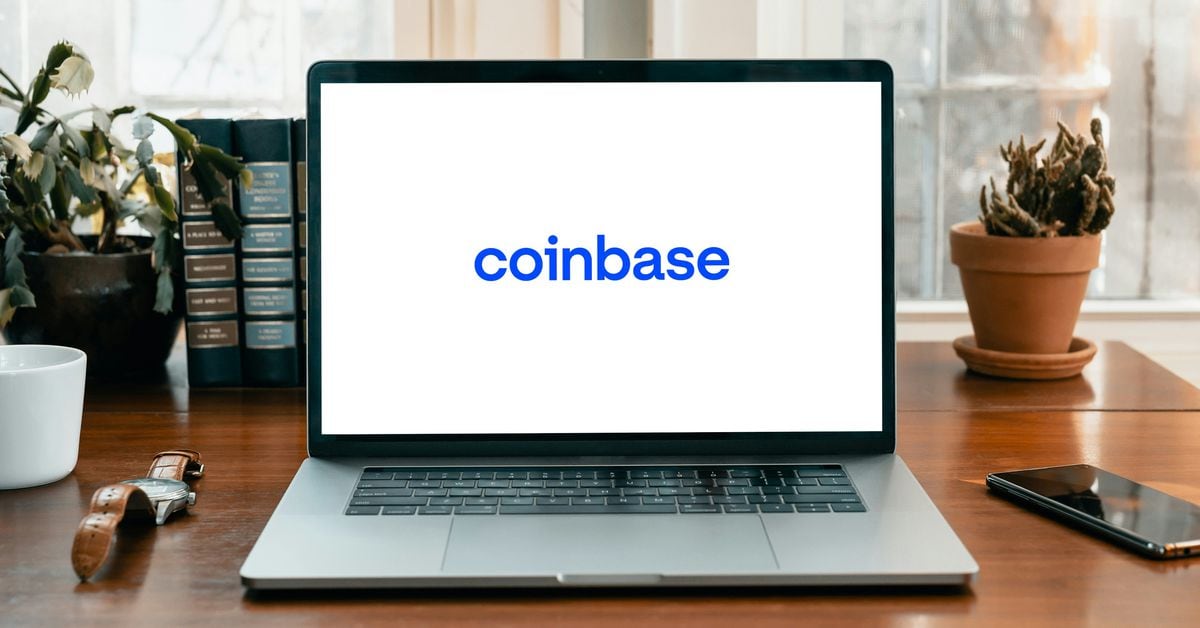The EOS.IO network presents a blockchain that enables vertical and horizontal scaling of dApps) decentralized applications). This software offers authentication, databases, accounts, asynchronous communication, and the scheduling of applications across various CPU cores or clusters. The native coin on this network is EOS. Its native coin is a kind of blockchain technology that places itself as a decentralized operating system. This network provides developers with the necessary tools and services to make and scale dApps.
EOS’s goal is to construct a decentralized blockchain that can handle all transactions quickly, without fee, and support smart contracts. This platform wishes to work as an operating system. It gives user authentication, cloud storage, and server hosting services. The services provided by the platform make the development of decentralized applications straightforward and streamlined. Users do not have to pay to use this blockchain; however, they have to hold some EOS coins to work on the network.
What is EOS?
EOS is the native coin on this network. Its first whitepaper came out in 2017. It is one of the most crowd-funding occasions in cryptocurrency history. It holds one of the most oversized market caps.
If a network wants to compete with such a platform as Uber, eBay, AirBnB, and Facebook, this blockchain technology has to take care of tens of millions of active users every day. In some cases, an application cannot work unless many people join it.
This demand results in the technology of a blockchain architecture that might eventually scale to millions of transactions every second excludes user fees and allows for fast and easy deployment and preservation of dApps (decentralized applications) in a governed blockchain. Applications must be flexible to offer free services to the user or bring profit. If a platform is free of charge, it will gain more widespread adoption.
EOS Software
The EOS.IO software enables the production of blocks every 0.5 seconds. If no producer makes that block in the required time slot, that block remains empty.
There is about a 0.5-second gap in the blockchain when one or more blocks are skipped. In this software, producers produce blocks in rounds of 126( 21 producers and six blocks each). Token holders vote on the block producers at the start of each round 21. Then 15 or more producers schedule those preferred producers in order.
If a producer cannot produce any block within 24 hours, the platform eliminates them from the list until they let the blockchain know that they are ready to be active again. This rule makes sure that the network works smoothly by minimizing the number of missing blocks and limiting the number of unreliable producers. Moreover, producers should not create blocks on two forks simultaneously( double-production). If a producer does that, Users will vote them out.
This software utilizes the only decentralized consensus algorithm capable of providing the requirements of applications on the blockchain and DPoS ( delegated proof of stake).
Any token holder can participate in voting, and any user who can persuade token holders to vote for them can become a block producer.
EOS History
Dan Larimer cofounded EOS in 2017. The “block.one” company developed this platform(an open-source software) in 2018. To ensure the widespread distribution of its native coin at the platform’s launch, the company distributed 1 billion ERC20 standard versions among users.
The block.one company raised over 4 billion dollars (a record for an initial coin offering or ICO in history). Larimer was the CTO of block.one and had previously worked in decentralized exchange Bitshares and a blockchain-based social media platform called Steemit. Dan Larimer announced his departure from block.one in 2021.
The company’s current CEO, Brendan Blumer, stated that the company would support this blockchain with over one billion USD in funding from the token transactions and block.
EOS Advantages
The EOS.IO network needs every transaction to contain part of the hash of a recent block header. Hash has two aims:
1- stopping a double-production on forks that do not include the referenced block and
2- Signaling the network if a user or their stake is on a fork.
All users directly confirm the blockchain themselves, making it problematic to forge counterfeit chains (fake chains).
There are many advantages to this platform, including:
1-dApps: This platform lets users develop full-fledged dApps. dApps utilize smart contracts to energize themselves. In this way, dApps replace smart contracts making the process more efficient.
2-Free transactions: You do not pay any fee for transactions on this platform. However, they use the block producer model for service charges.
3-Governance: It uses a voting system, an excellent feature for a blockchain of this scale.
4-Easy to use: Developers can quickly and efficiently use web toolkit, database schemes, and other functions and develop dApps.
5-Easy hard forks with more minor risks: They take an approach to make sure that the ETH-ETC fork scenario would not occur to this network. In case of any conflicts of interest, block producers will freeze the platform until they resolve the problem.
6- ICO: initial coin offering plays an essential role in the success of a platform. Anyone can host ICO.
7- self-sustaining: This platform will reward block producers for their work. It generates 5% inflation per year.





